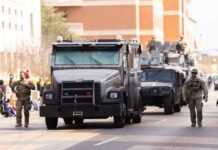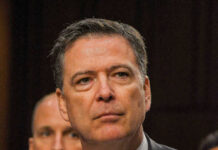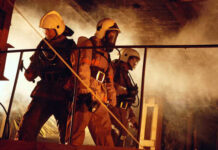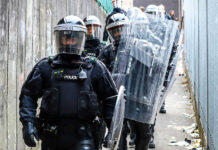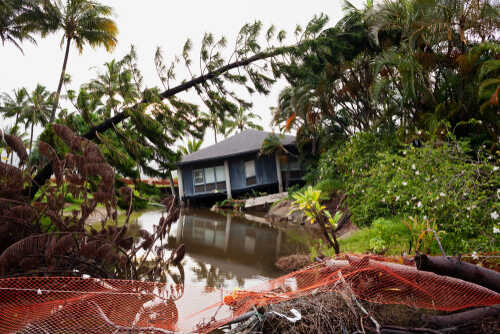
(RightWingJournal.com) – What does it say about our society when a place of unspeakable loss becomes the epicenter of a new battle, for profit, policy, and the soul of a community, before the wounds have even begun to heal?
Story Snapshot
- Camp Mystic’s reopening after the death of 27 children has ignited nationwide outrage and debate.
- Victims’ families and advocates accuse the camp’s leadership of prioritizing profit over accountability and public trust.
- Regulatory agencies claim safety reforms justify the reopening, but deep divisions persist among community members and experts.
- The controversy forces a reckoning on how, and whether, we can ever return to places marked by mass tragedy.
The Tragedy That Changed Everything
Camp Mystic once symbolized carefree summers and childhood adventure, nestled in the trees far from city chaos. That identity shattered in a single, catastrophic event: 27 children lost in what investigators described as “a perfect storm of institutional negligence and regulatory failure.” The camp closed, memorials rose, and grief became the defining feature of the landscape. Legal teams descended. Safety experts combed through charred timbers and inspection reports. For a year, the site lay silent, a silent witness to a community’s pain.
Camp Mystic’s board, facing lawsuits and public scorn, eventually announced sweeping reforms. Advanced fire suppression, new evacuation drills, and updated staff training were unveiled in an attempt to signal a new era. Yet, with the reopening announcement, the silence was replaced by protests, angry editorials, and a community divided against itself. The camp’s promise of “healing through remembrance and innovation” rang hollow for many who still saw only unhealed wounds.
Who Decides When Grief Ends?
Victims’ families argue reopening Camp Mystic is a betrayal, not just of memory, but of justice. They point to unfinished lawsuits, unanswered questions, and a pervasive sense that money, not healing, is driving the decision. “How can a place soaked in so much sorrow ever be made safe, no matter the protocols?” asks one parent, echoing a question heard in similar tragedies from Sandy Hook to Norway’s Utoya Island.
Camp administrators, by contrast, claim they have honored every regulatory demand. Independent inspectors, they say, have signed off. “We grieve with the families,” reads their official statement, “but we cannot let tragedy define us forever.” The local economy complicates the picture: small business owners, dependent on summer traffic, express relief at the prospect of reopening, even as they admit to unease. The community’s fabric, once tightly woven, now strains under the weight of competing needs and unresolved trauma.
Reform, Remembrance, and the Limits of Safety
Regulatory authorities insist every box has been checked, every lesson learned. Yet, experts in trauma and disaster recovery warn that technical compliance is not enough. Memorialization and survivor engagement, inviting families into the process, not just as stakeholders but as co-creators of safety and remembrance, are crucial for genuine healing. Academic studies confirm: reopening sites of mass casualty without community consensus can worsen collective trauma, deepening wounds rather than closing them.
Child safety advocates demand independent oversight, not just for Camp Mystic, but for the entire youth recreation industry. They argue that standards remain patchwork, and that real reform requires legislative action, not just promises of “industry-leading” protocols. The camp’s leadership, meanwhile, faces a credibility crisis: even their supporters acknowledge that no amount of engineering can erase the past. The question remains, can a place ever truly be made “safe” when its very name evokes loss?
What Comes Next: Reckoning or Renewal?
National media coverage ensures that Camp Mystic’s reopening is more than a local controversy. It has become a test case for how America deals with collective memory, grief, and accountability. Some experts suggest that reopening, if done with humility and transparency, can form part of a community’s long-term healing. Others warn that economic motives and public relations cannot substitute for truth-telling and justice.
As the gates of Camp Mystic prepare to swing open, the nation watches, some in hope, many in anger, all with the knowledge that the stakes reach far beyond one camp or one summer. The debate is not just about protocols or profits, but about what kind of society we want to be when tragedy strikes. Will we choose the path of remembrance and reform, or repeat the mistakes that brought us here?
Copyright 2025, rightwingjournal.com


